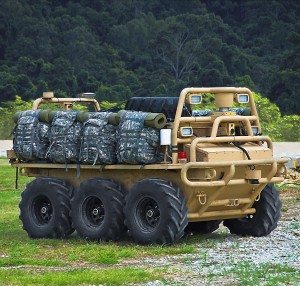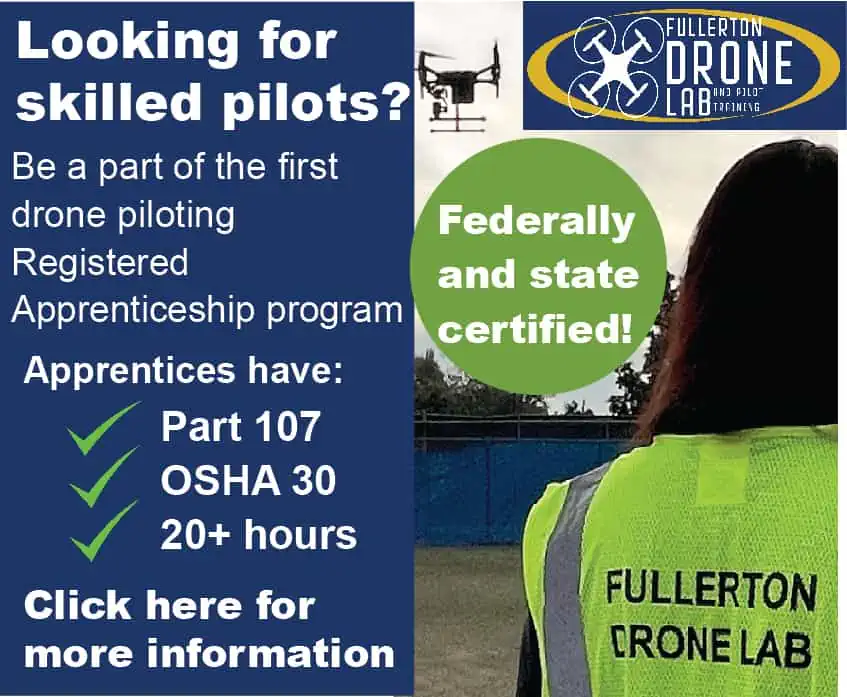Lockheed Martin completed a successful demonstration at Camp Grayling, Mich., recently in which its Squad Mission Support System (SMSS™) was being controlled via satellite from more than 200 miles away.
The SMSS vehicle conducted several battlefield surveillance operations while being controlled beyond line-of-sight via satellite from the U.S. Army’s Tank Automotive Research, Development and Engineering Center in Warren, Mich.
“These demonstrations allow the Army development communities to better understand capabilities available to them with SMSS right now,” said Joe Zinecker, director of combat maneuver systems at Lockheed Martin Missiles and Fire Control. “We are showing our customers innovative ways to employ SMSS vehicles in missions while demonstrating that we are ready to move from technology development to fielding these valuable and mature new capabilities.”
The demonstration proved that the combination of autonomy, vehicle mobility, surveillance sensors and satellite communications can provide a means of battlefield situational awareness while keeping soldiers out of harm’s way. During the demonstration, SMSS was equipped with a Gyrocam 9M Tactical Surveillance Sensor and a General Dynamics SATCOM Technologies “SATCOM-On-the-Move” system.
SMSS incorporated an adjustable-height mast with the Gyrocam 9M, acquiring on-the-move, high-resolution electro-optical and thermal video. In testing, the SMSS movement and sensor functions were controlled from the remote station via tele-operation, demonstrating control of the vehicle through the satellite. In another simulated mission, the operator provided a pre-planned route and SMSS autonomy allowed navigation with minimal operator intervention, while other autonomous functions, such as follow-me, go-to-point and retro-traverse, were also demonstrated.
Lockheed Martin conducted several demonstrations of the SMSS for the U.S. Army during 2012, outfitting the vehicle with different mission equipment packages to conduct logistics, counter-IED, mobility, dismounted-soldier support, and reconnaissance, surveillance and target acquisition. Four SMSS vehicles were successfully tested by soldiers in Afghanistan in 2012 as transport and logistics vehicles to lighten the load for soldiers in combat operations.
“The concept of an affordable common mobility platform coupled with specialized mission equipment packages is the right answer for UGVs to reduce development, production and sustainment costs, while providing maximum flexibility for commanders,” Zinecker said. “SMSS continues to demonstrate its readiness to move into the next phase of the Army’s UGV roadmap.”
Lockheed Martin Missiles and Fire Control is a 2012 recipient of the U.S. Department of Commerce’s Malcolm Baldrige National Quality Award for performance excellence. The Malcolm Baldrige Award represents the highest honor that can be awarded to American companies for their achievements in leadership, strategic planning, customer relations, measurement, analysis, workforce excellence, operations and results.



















